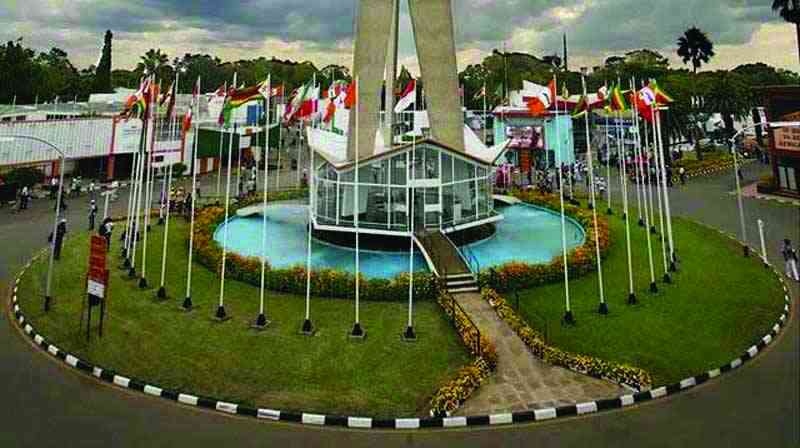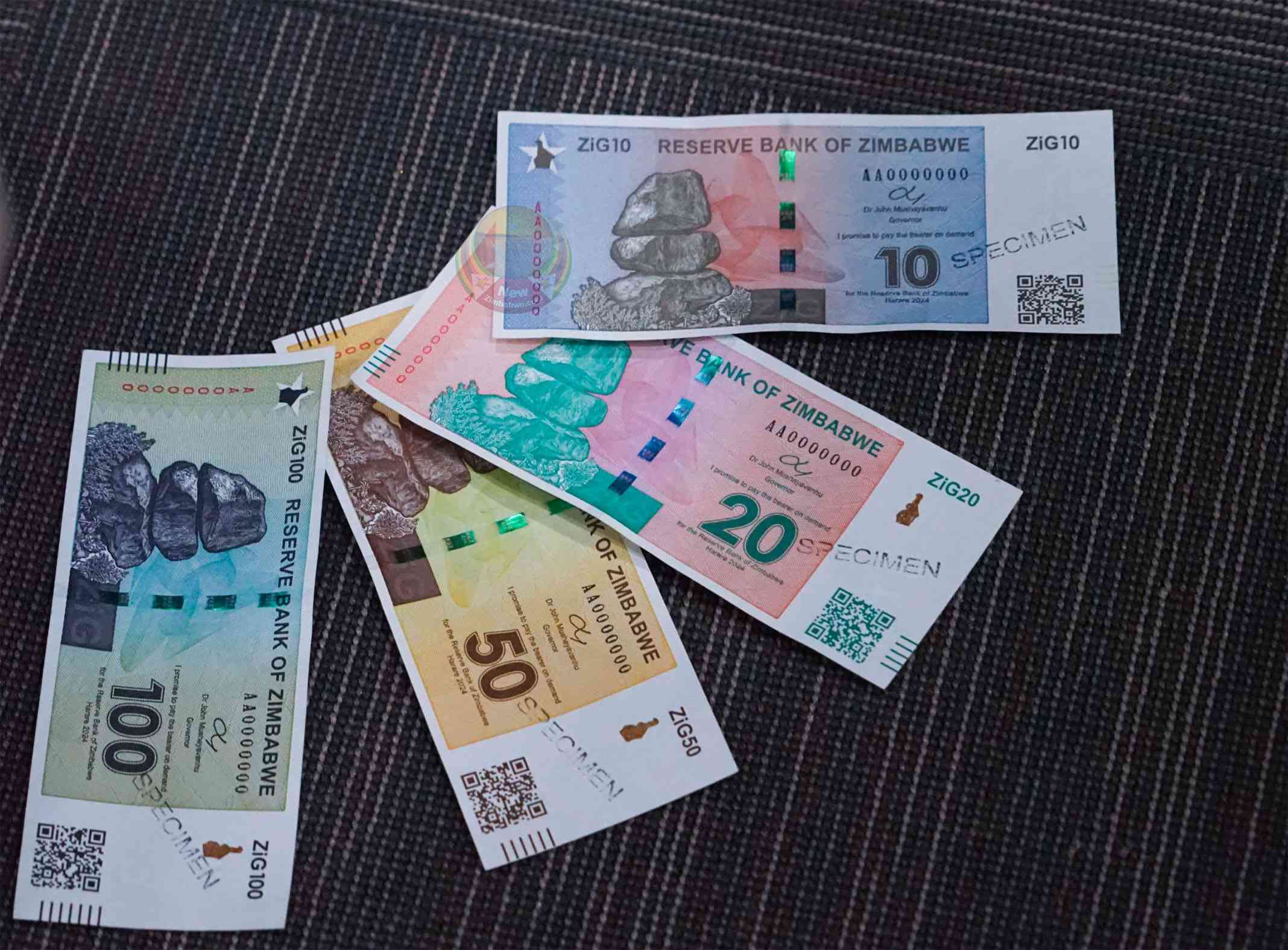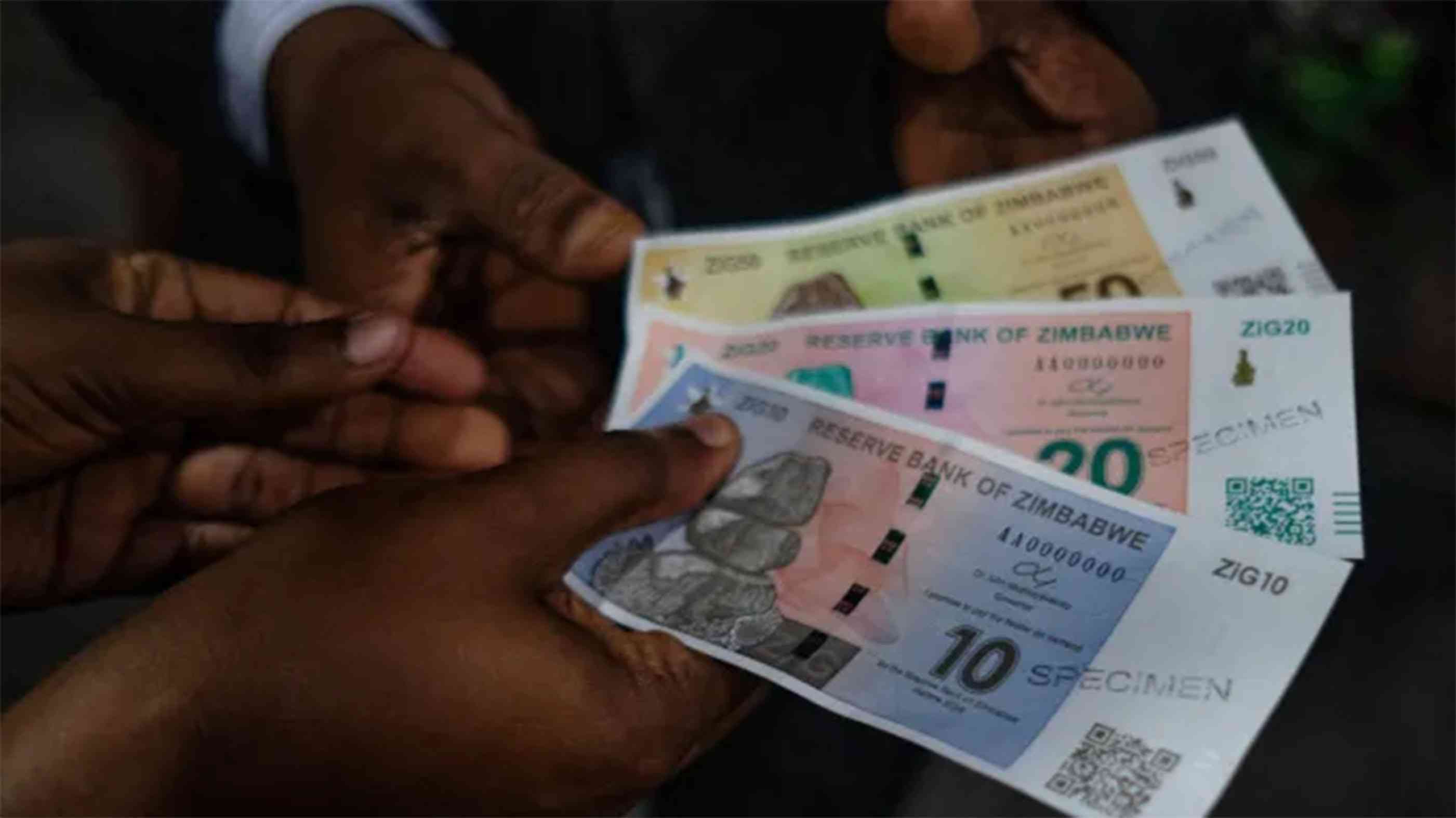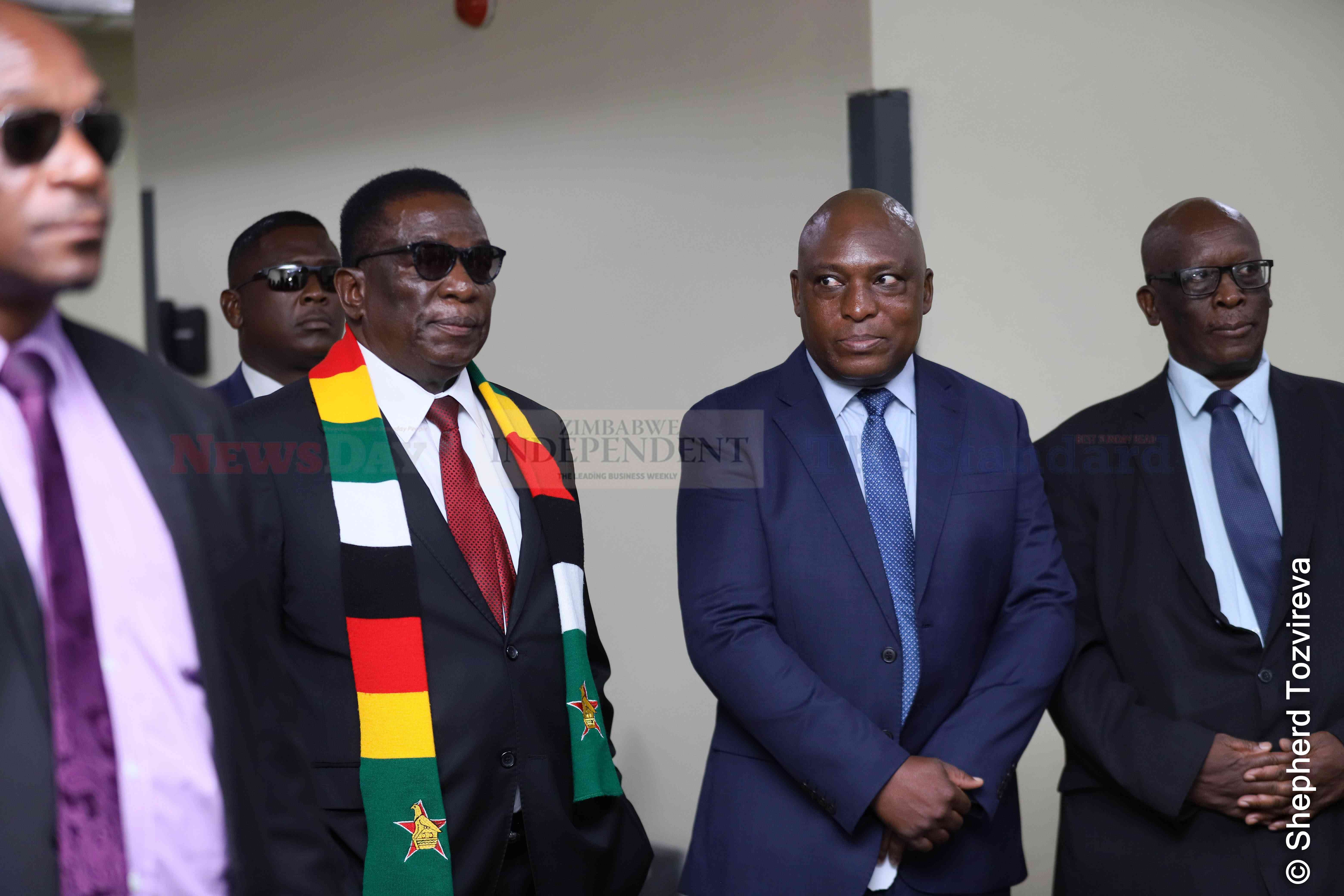
THIS week’s shocking disclosure by the Chamber of Mines of Zimbabwe (CoMZ) that bankruptcies are lurking in the forex spinning sector must be taken seriously.
Mines are driving Zimbabwe’s economy, judging by the scale of investments flowing into chrome, gold and lithium fields alone.
If government procrastinates, the ramifications of another mining industry downturn will be difficult to reverse.
Instead of piling expensive statutory burdens on mines in order to extract hefty taxes and fees, which barely trickle down to the majority, it is time for globetrotting bureaucrats to forego some of their privileges in order to stimulate growth in mines and save up to 35 000 jobs in this industry.
Risks that come with inaction are multifaceted.
But government must not wait until mines start applying production cutbacks, as recovery hopes will be imperilled.
Zimbabwe’s mines are already on the ropes. Viability has been frustrated by internal and external shocks, most of them inflicted by policy making blunders.
Government has hiked royalties by up to 180% in the past year alone. It has granted state-run power utility, Zesa, exclusive rights to hike tariffs by up to 40% for mines in only 11 months, without corresponding incentives to keep operators running.
- Mines propose fresh power import deal
- Motorist robbed while relieving self
- Mines propose fresh power import deal
- System Tazvida’s grave vandalised
Keep Reading
Other expenses have rocketed due to a hostile operating environment created by authorities. This includes an unsustainable country risk profile, which has a bearing on interest rates and investments.
As the CoMZ says, the price of rhodium is down 74% year-on-year, while that of lithium has declined by 69%.
Palladium prices have come off by 41% and that of diamonds is 60% down. This week, Zesa applied for a fresh tariff hike of about 16,38% for mines, further complicating an already vexing puzzle.
In contrast, mineral prices have been in a protracted tailspin, which now requires government to intervene.
This will not be an easy feat to achieve for Zimbabwe.
Still, action must be taken to avert a deadly slowdown, given mining’s strategic position in Zimbabwe. The cost of inaction will be dire.
While the threat of closures is real, many mines may slip into care and maintenance. They will keep their machines firing on much reduced capacities until these problems are addressed.
But taxes and royalties to government will fall as turnover and volumes plummet, hitting the pockets of the cash-strapped Zimbabwean government. The real crisis will be felt if mines start firing workers to ease the impending burden.
In a country already struggling to create jobs for millions, the situation will become dire. This is a broke government that is already battling to settle up to US$18 billion in debts, and is living from hand to mouth for many reasons, including the effects of unrestrained profligacy and general economic mismanagement.
It has extremely limited capacity to provide social support for a much bigger army of unemployed people in the event of a fresh bloodbath in mines.
Unless President Emmerson Mnangagwa quickly realises this, he may be starring on the next big crisis.











